Essential Reading: The Top 12 Enterprise Risk Management Books
In today’s rapidly evolving business landscape, effective enterprise risk management (ERM) has become a critical component of organizational success. As companies face increasingly complex challenges, from cybersecurity threats to regulatory changes, the need for comprehensive risk management strategies has never been greater. To help professionals navigate this intricate field, we’ve compiled a list of the top 10 books on enterprise risk management. These works, authored by industry experts and seasoned practitioners, offer invaluable insights, practical frameworks, and cutting-edge methodologies to enhance your organization’s risk management capabilities. Whether you’re a seasoned risk manager or a business leader looking to bolster your company’s resilience, the latest editions of these books provide updated insights and methodologies to guide you through the intricacies of ERM.
1. Enterprise Risk Management: From Incentives to Controls by James Lam
This book provides a comprehensive framework for implementing enterprise risk management by focusing on the interplay between incentives and controls. Lam argues that effective risk management requires aligning organizational incentives with risk mitigation strategies.
This comprehensive guide spans over 350 pages, offering in-depth coverage of ERM principles.
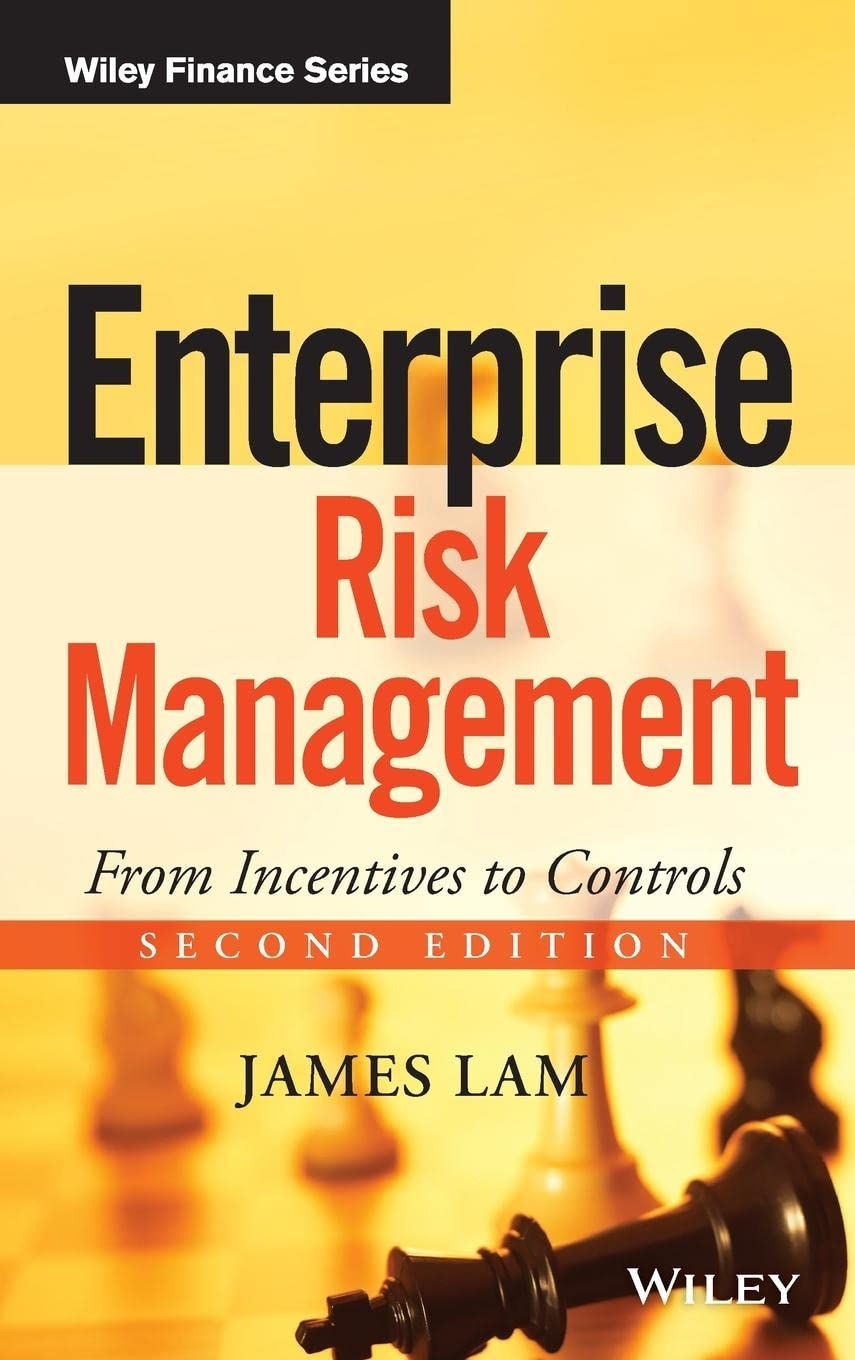
2. Enhanced Enterprise Risk Management by John Sidwell and Peter Hlavnicka
The performance and survival of a business in a global economy depends on understanding and managing the risks–external and those embedded within its operations.
It is vital to identify and prioritize significant risks and detect the weakest points. Adding other elements to an essential ERM program, such as PESTEL and Porter’s 5 forces, treatment plans, scorecards, the three lines of defense (3LoD) components, and process improvements (Six Sigma, 8D, etc.), significantly increases the ERM success rate.
The authors outline a comprehensive strategy for designing and implementing a robust and successful ERM program—not just successful in implementation but also yielding enormous returns for the organizations that implemented this enhanced ERM program. The second edition includes updated methodologies and new case studies reflecting recent market changes.
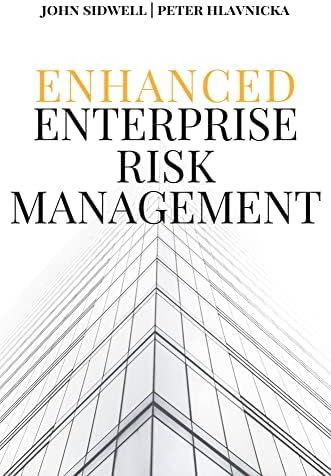
3. Enterprise Risk Management: Today's Leading Research and Best Practices for Tomorrow's Executives by John R. S. Fraser, Rob Quail and Betty Simkins
There has been significant evolution and maturation in terms of ERM best practices, experience, and standards and regulations over the past decade. This book serves as an essential guide to ERM with contributions from leading academics and practitioners, this book offers insights into what practitioners are doing and what the future holds. You’ll discover how you can implement best practices, improve ERM tools and techniques, and even learn to teach ERM. The latest edition of this book incorporates modern technologies and methodologies, making it an essential resource for ERM professionals.
The latest edition of this book provides updated research and best practices for ERM professionals.
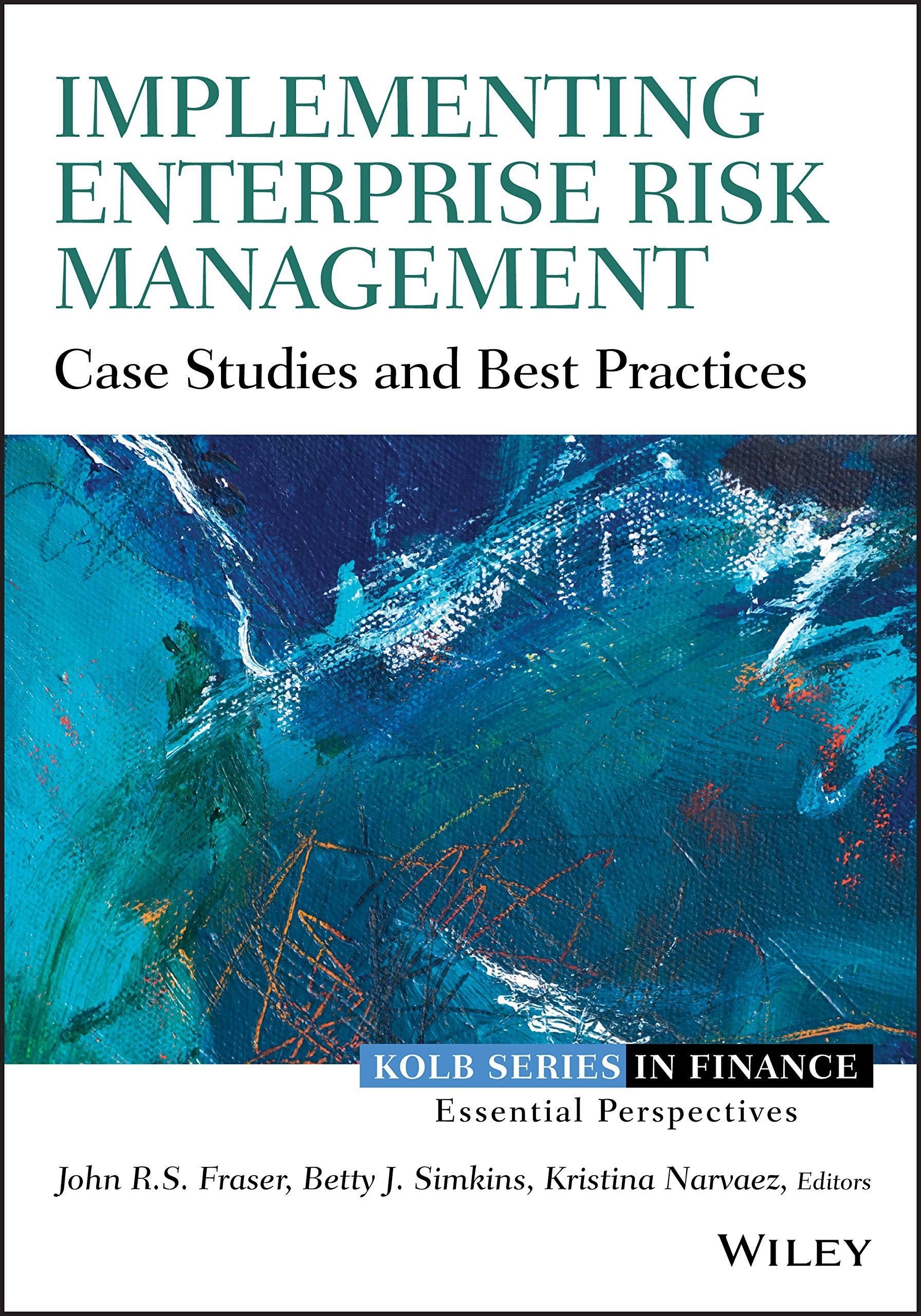
4. Enterprise Risk Management: Modern Approaches to Balancing Risk and Reward by Stefan Hunziker
This book shows how Risk Management creates value in strategic and decision-making processes and demonstrates the same via case studies of medium-sized and large companies. It is suitable for training and further education at a university level as well as for practitioners. This educational resource spans over 350 pages, providing comprehensive coverage of ERM concepts and practices.
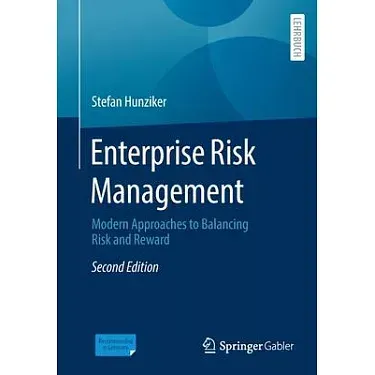
5. Fundamentals of Enterprise Risk Management: How Top Companies Assess Risk, Manage Exposure, and Seize Opportunity by John J. Hampton
Hampton offers a practical guide to enterprise risk management, providing actionable insights into assessing, managing, and capitalizing on risk. The book emphasizes the importance of a
risk-aware culture and the role of risk management in achieving strategic objectives. The second edition includes new insights and updated strategies for managing enterprise risks.
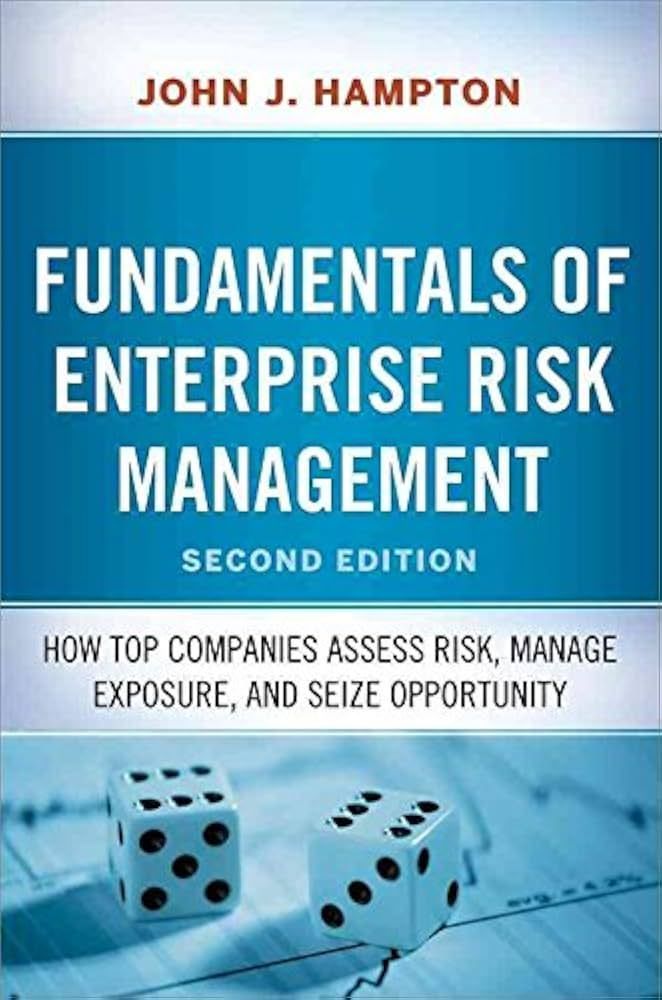
6. How to be a Chief Risk Officer: A Handbook for the modern CRO by Jennifer Geary
Geary provides a roadmap for aspiring and current Chief Risk Officers, offering practical advice on leadership, risk assessment, communication, and stakeholder management. The book emphasizes the importance of building strong relationships and influencing decision-making. This practical handbook spans over 320 pages and offers detailed guidance for modern CROs.
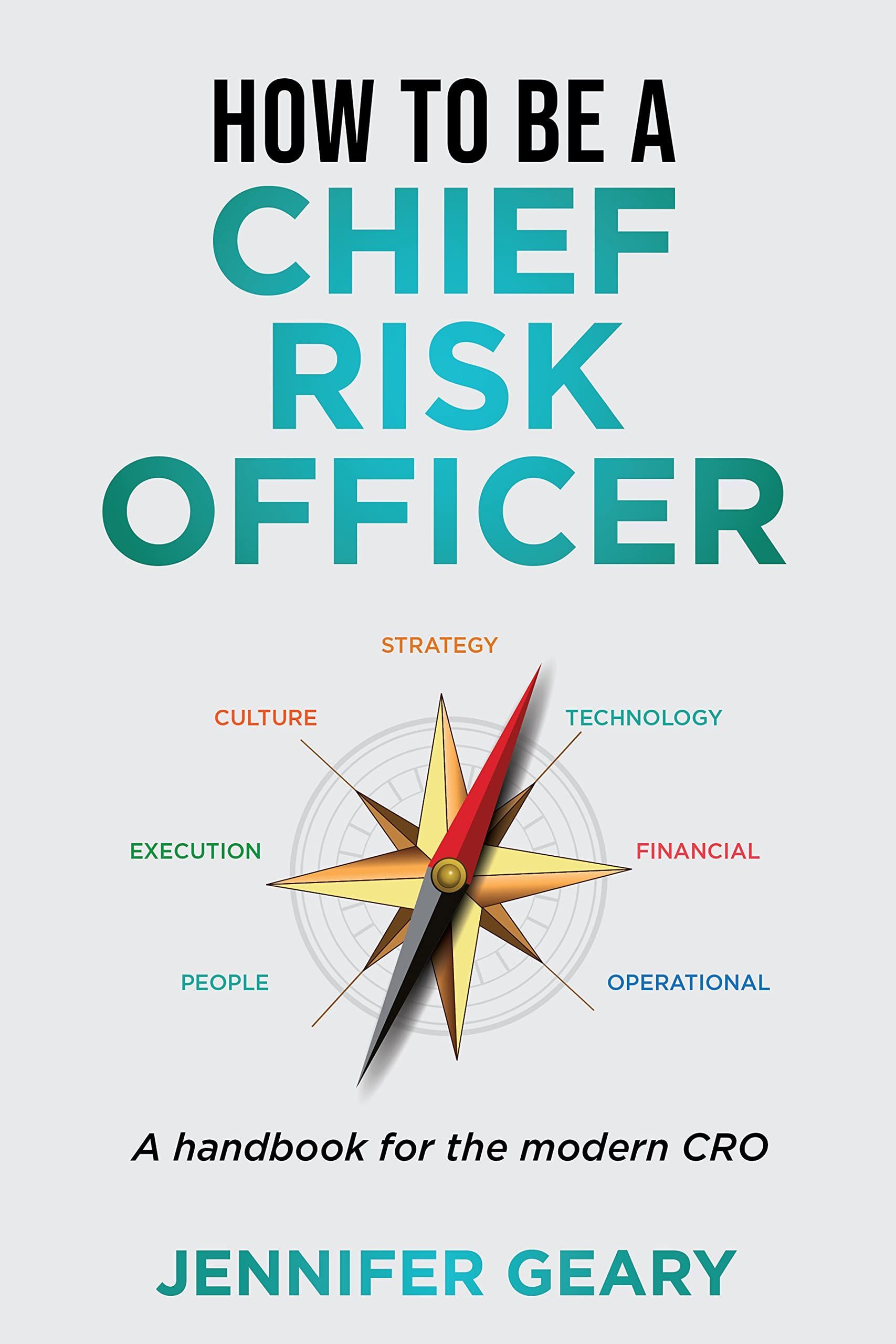
7. The Failure of Risk Management: Why It's Broken and How to Fix It by Douglas W. Hubbard
Hubbard offers a critical analysis of traditional risk management practices and proposes a more effective approach. The book challenges conventional wisdom and provides actionable recommendations for improving risk management processes. The second edition includes new critiques and updated recommendations for improving risk management processes.
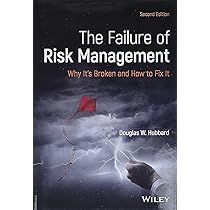
8. A Short Guide to Risk Appetite by David Hillson and Ruth Murray-Webster
This concise guide explains the concept of risk appetite and its importance in organizational decision-making. Hillson and Murray-Webster provide practical tools and techniques for setting and communicating risk appetite. This concise guide spans over 150 pages, providing practical tools and techniques for setting and communicating risk appetite.
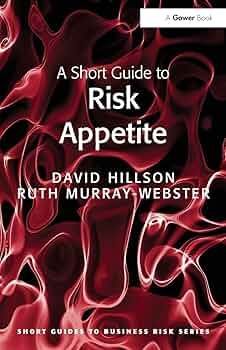
9. Making Risk Management Work: Engaging People to Identify, Own and Manage Risk by Anthony Wilson
Wilson emphasizes the human element of risk management, highlighting the importance of employee engagement in identifying and managing risks. The book provides strategies for creating a risk-aware culture and empowering employees to take ownership of risk. The latest edition includes updated strategies for creating a risk-aware culture and empowering employees.

10. Cybersecurity and Third-Party Risk: Third Party Threat Hunting by Gregory C. Rasner
This book addresses the growing challenge of managing cybersecurity risks associated with third-party relationships. Rasner provides insights into identifying and mitigating third-party threats.
This insightful book spans over 350 pages, offering comprehensive coverage of third-party cybersecurity risks.
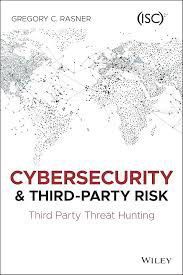
11. Global Risk Agility and Decision Making: Organizational Resilience in the Era of Man-Made Risk by Daniel Wagner and Dante Disparte
Wagner and Disparte explore organizational resilience in the face of complex and interconnected global risks. The book provides strategies for building agile and adaptable organizations.
The latest edition of this book provides updated strategies for building agile and adaptable organizations.
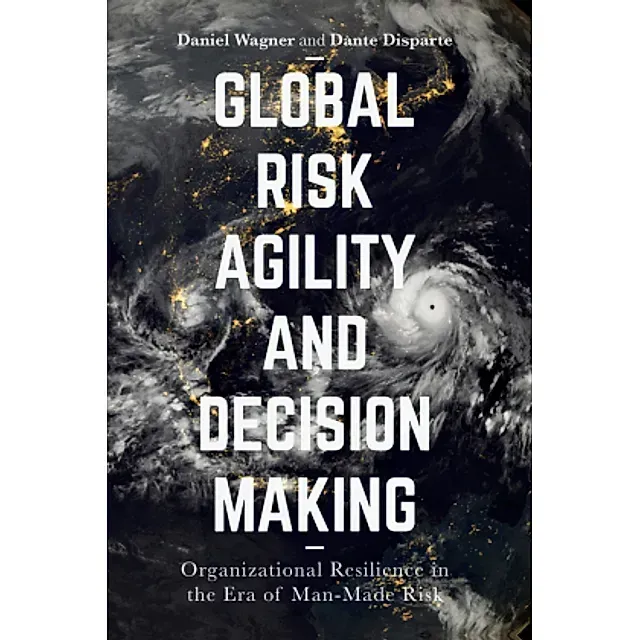
12. The Moorad Choudhry Anthology: Past, Present and Future Principles of Banking and Finance by Moorad Choudhry
While not exclusively focused on risk management, this comprehensive anthology covers various aspects of banking and finance, including risk management. It offers a broad perspective on the role of risk in the financial industry. This extensive anthology spans over 500 pages, offering a broad perspective on the role of risk in the financial industry.
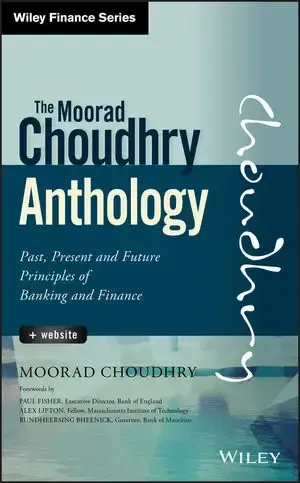
Conclusion
The field of enterprise risk management is constantly evolving, and staying informed is crucial for professionals and organizations alike. The books highlighted in this article represent a diverse range of perspectives and approaches to ERM, from broad overviews to specialized focuses on specific industries or risk types. By delving into these works, readers can gain a comprehensive understanding of risk management principles, practical implementation strategies, and emerging trends in the field.
As you explore these resources, remember that effective risk management is not a one-size-fits-all solution. The key is to adapt the insights and methodologies presented in these books to your organization's unique context and needs. Whether you're looking to establish a robust ERM framework from scratch or refine your existing practices, these books offer valuable guidance to help you navigate the complex world of risk management.
In an era where unforeseen events can have far-reaching consequences, investing time in expanding your knowledge of ERM is a strategic move that can pay dividends in organizational resilience and long-term success. We encourage you to explore these books, apply their lessons, and continue to stay abreast of developments in this critical field. By doing so, you'll be better equipped to turn potential risks into opportunities and steer your organization toward a more secure and prosperous future.
Share

Maxim Atanassov, CPA-CA
Serial entrepreneur, tech founder, investor with a passion to support founders who are hell-bent on defining the future!
I love business. I love building companies. I co-founded my first company in my 3rd year of university. I have failed and I have succeeded. And it is that collection of lived experiences that helps me navigate the scale up journey.
I have found 6 companies to date that are scaling rapidly. I also run a Venture Studio, a Business Transformation Consultancy and a Family Office.
